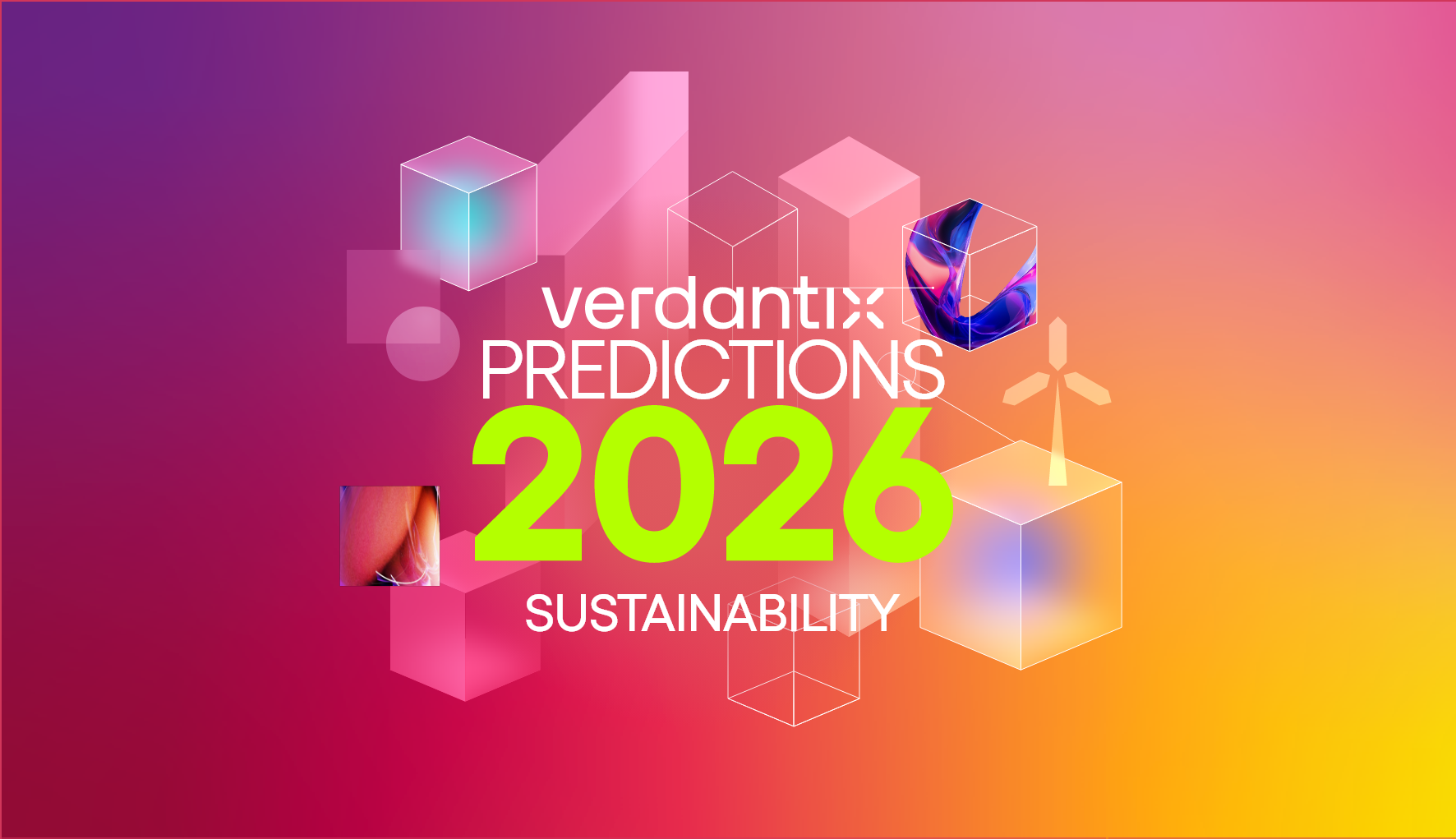Monster $231bn Of Sustainable Bonds Issuance In Q1 Shines The Spotlight On Regulators To Prevent Greenwashing

Sam Renshaw
Global issuance of sustainable bonds totalled $231bn in the first quarter of 2021 representing 9.4% of global debt, as outlined in a report published by Moody’s Investors Service. The sustainable bonds issuance was comprised of $99 billion green bonds, $90bn social bonds and $42bn sustainability bonds, collectively representing a greater than three times increase when compared to the same quarter in 2020.
The rapidly increasing sustainability bonds presence comes down to one overriding factor: demand for sustainability bonds is through the roof. Although supply is increasing at record rates, cost of capital linked to sustainability linked debt is on a continued downward trend due to the ever-widening disparity between demand and supply. Kellogg’s recent fixed interest coupon of 0.5% per annumKellogg’s recent fixed interest coupon of 0.5% per annum on a successfully priced $363m sustainability bond linked to both green and social KPIs, demonstrates a prime example of the cheapness of debt linked to sustainability goals.
The increased demand and supply for sustainable bonds mirrors the rapidly growing investor awareness towards ESG risks and opportunities. Although, this seismic market shift over the last 12 months undoubtedly represents a positive development for the investment world – there are still huge questions that remain unanswered: How green are green bonds? Are penalties high enough for failure to meet contractual ESG KPIs linked to the debt offering? Is the fixed income market littered with greenwashing?
Regulators hold the key for transforming the sustainability bond market enabling greater transparency and thus answering the questions clouding the market. Standardisation across the sustainability fixed income market is required to provide clarity that investment into these financial products will categorically lead to a beneficial sustainability outcome or the issuer receives a substantial material fine. An example of a positive step in the market has been demonstrated by the EU taxonomy, this represents the first clear attempt to standardise the sustainable bond market. The regulation includes a green bond standard with a guidance on certain thresholds required for bond classification.
Regulation will need to be combined with sophisticated ESG software to ensure investment-grade operational performance data can be extracted and presented clearly. To learn more about the evolving ESG software marketplace, join our upcoming webinar ESG & Sustainability Software: 2021 Benchmark & Investment Recommendations.
About The Author

Sam Renshaw
Industry Analyst





